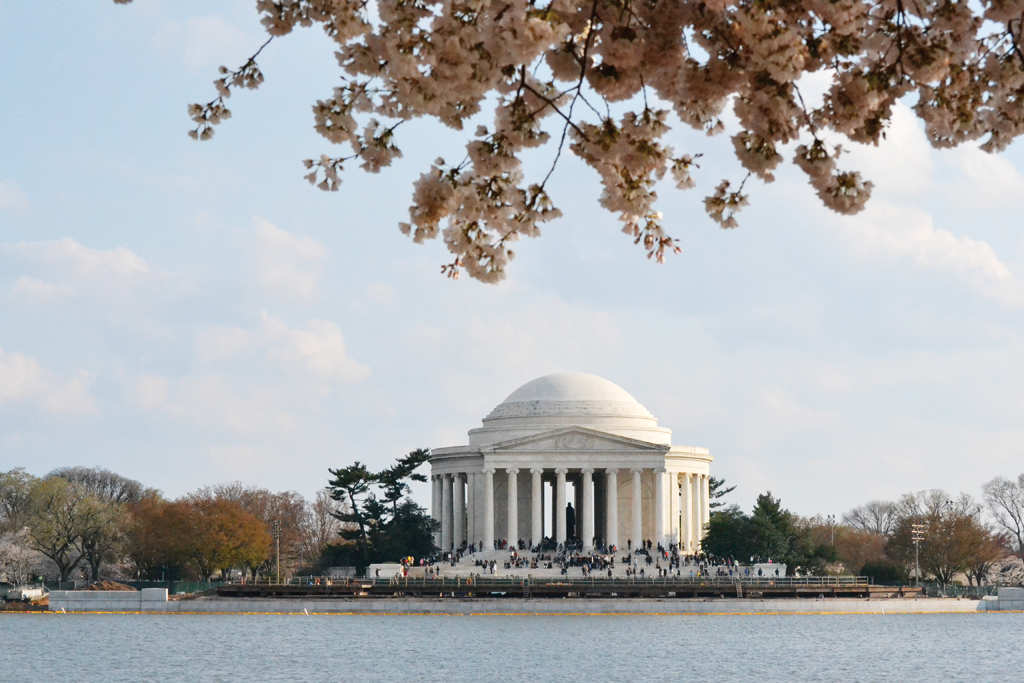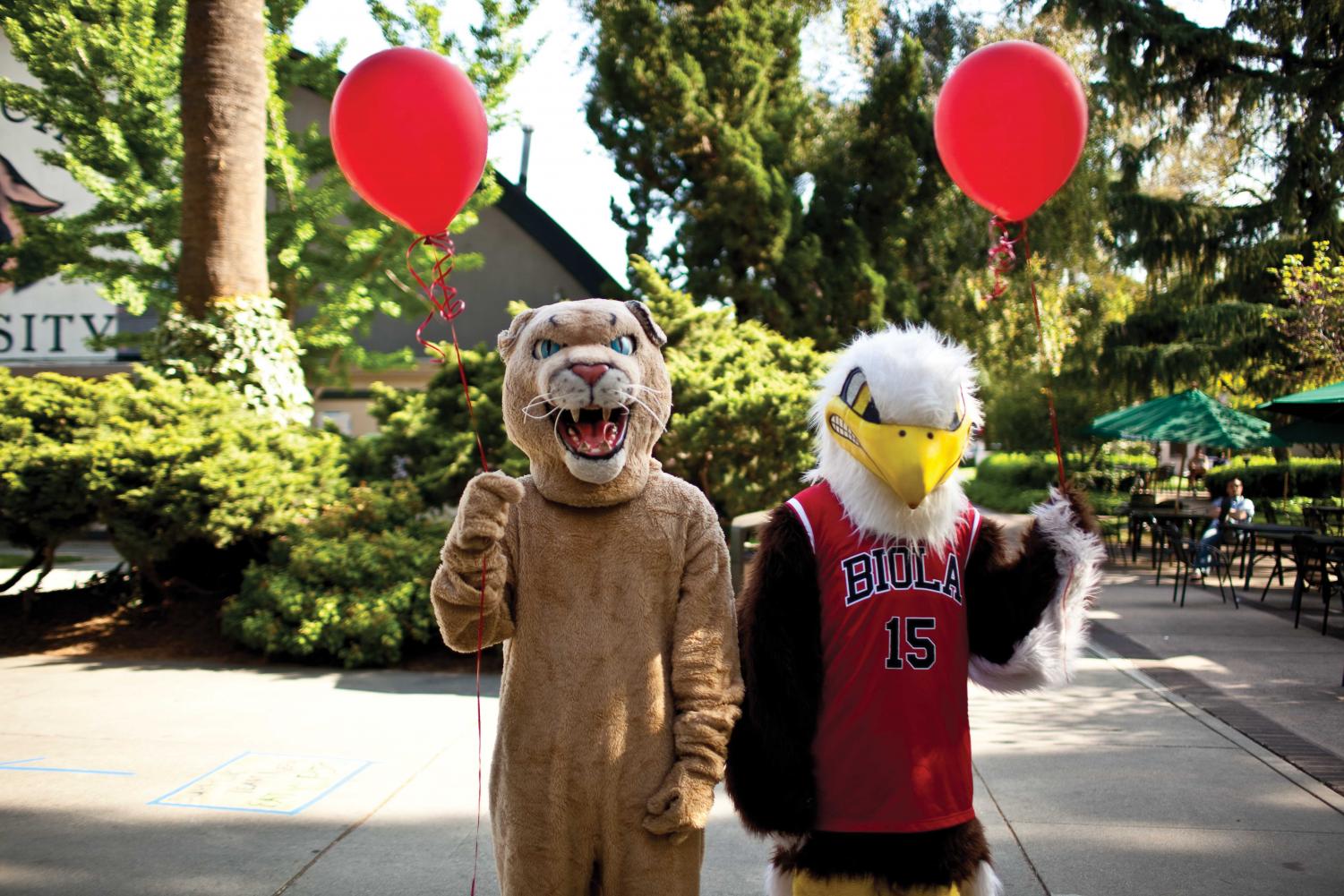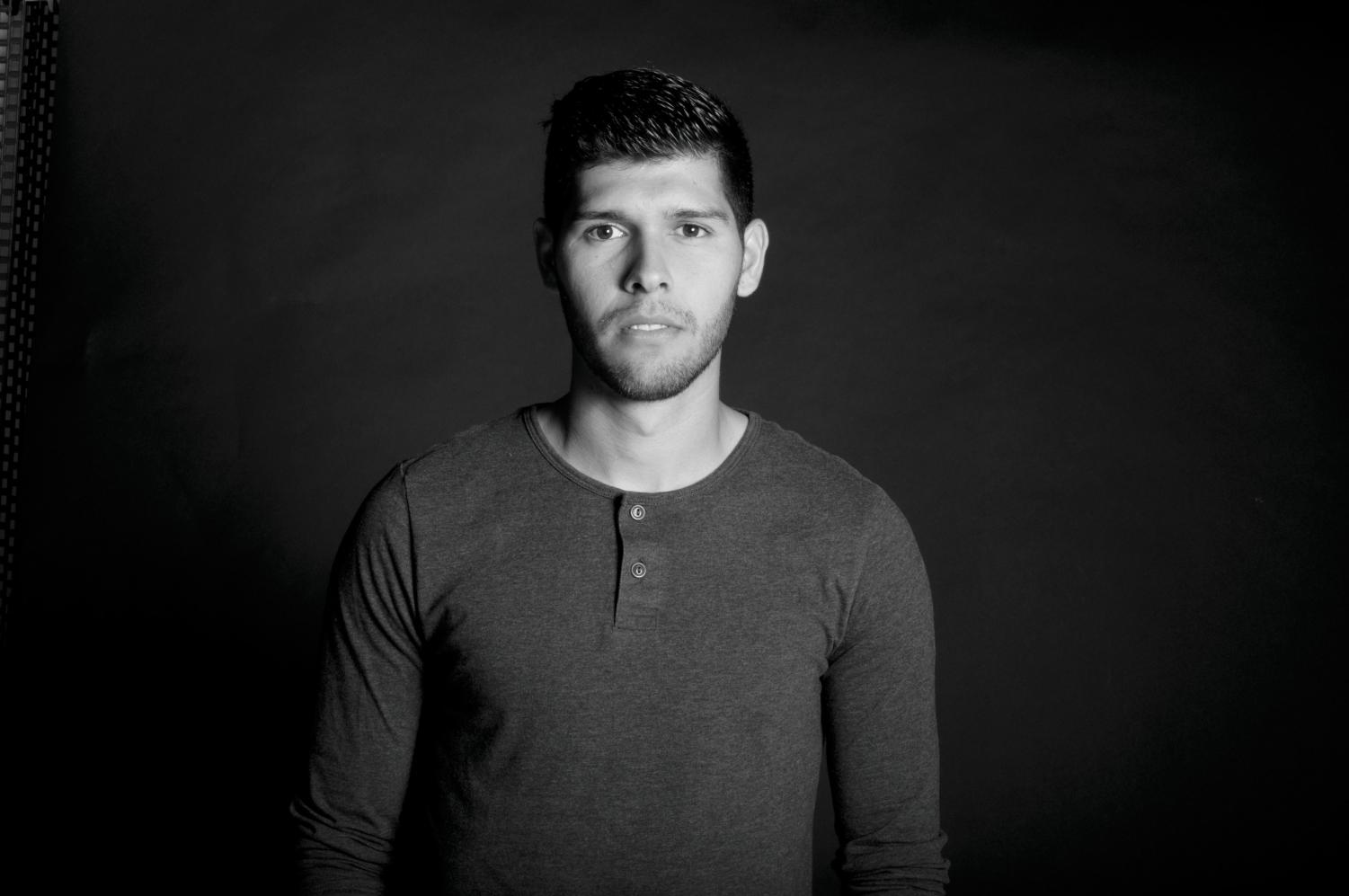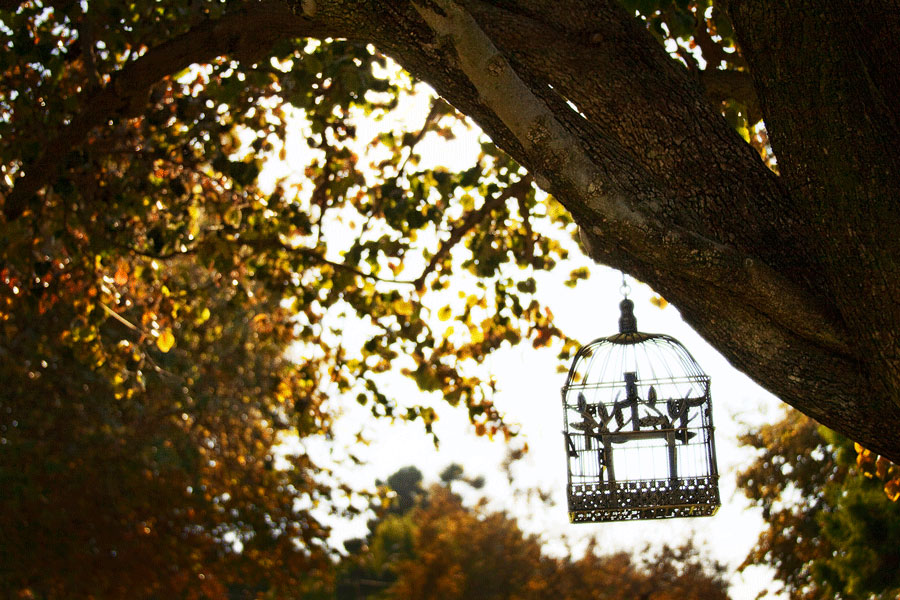Written by Kelsey Osterman
“That smile is going to get you married!” the African American man exclaimed as I walked by him on the sidewalk. I laughed and thanked him.
He was not the only black man to greet me as I made my way through the group of homeless people gathered in front of the shelter. By the midpoint of my semester, I started getting used to this treatment. I was a blonde-haired white girl living in Washington D.C., — a rarity that received a lot of attention.
Fifty percent of the D.C. population is black, according to the 2010 U.S. Census. At times, riding the Metrorail or the bus, I will find myself the only Caucasian person in sight. The first time this happened, I was startled. As a native Minnesotan, I had never been a racial minority before, and this realization caught me entirely off-guard. Such situations no longer surprise me, necessarily, but I admit that they still unnerve me on some level.
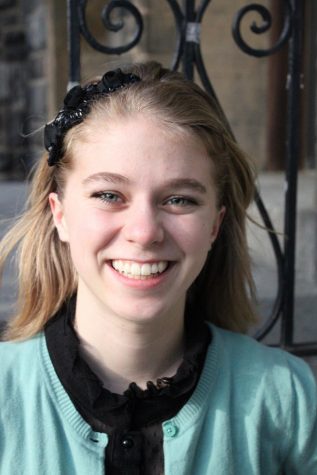
When I first set foot in Washington D.C., I felt like I had walked into another country, and not just because of the changes in skin tones. What was this beautiful world of brick sidewalks, row houses, government buildings and men in suits? And how did it fit with the blatant homelessness I encountered on almost every corner?
Almost 12,000 people in the District were counted as homeless in 2010, according to the Metropolitan Washington Council of Governments. Many of those experiencing homelessness also struggle with health problems, language barriers, substance abuse or domestic violence. How can such hardship be present at the very core of our country, in our nation’s thriving capital?
The divide remains confusing, frustrating and unclear, yet indisputable. It plays a vital role in the daily rush, bustle and scurry of Washington D.C. The elegant businesswoman hails a passing cab, Starbucks in hand; the homeless woman on the corner hails passers-by, a coin-filled cup in her hand. The suited politician smokes a cigarette as he pounds the pavement between appointments; the drifter smokes a cigarette butt he found on the pavement between trashcans.
Every evening, when the mad rush of D.C. life slows down, I take refuge on the roof of our apartment structure. The rotunda of the U.S. Capitol gleams against the inky backdrop of nighttime sky. The tip of the Washington Monument is just visible, peeking over the Hart Senate Office Building with its blinking red eyes. The city is calm, even more so from four stories up.
For a few hours, D.C. sleeps and forgets the divide.
